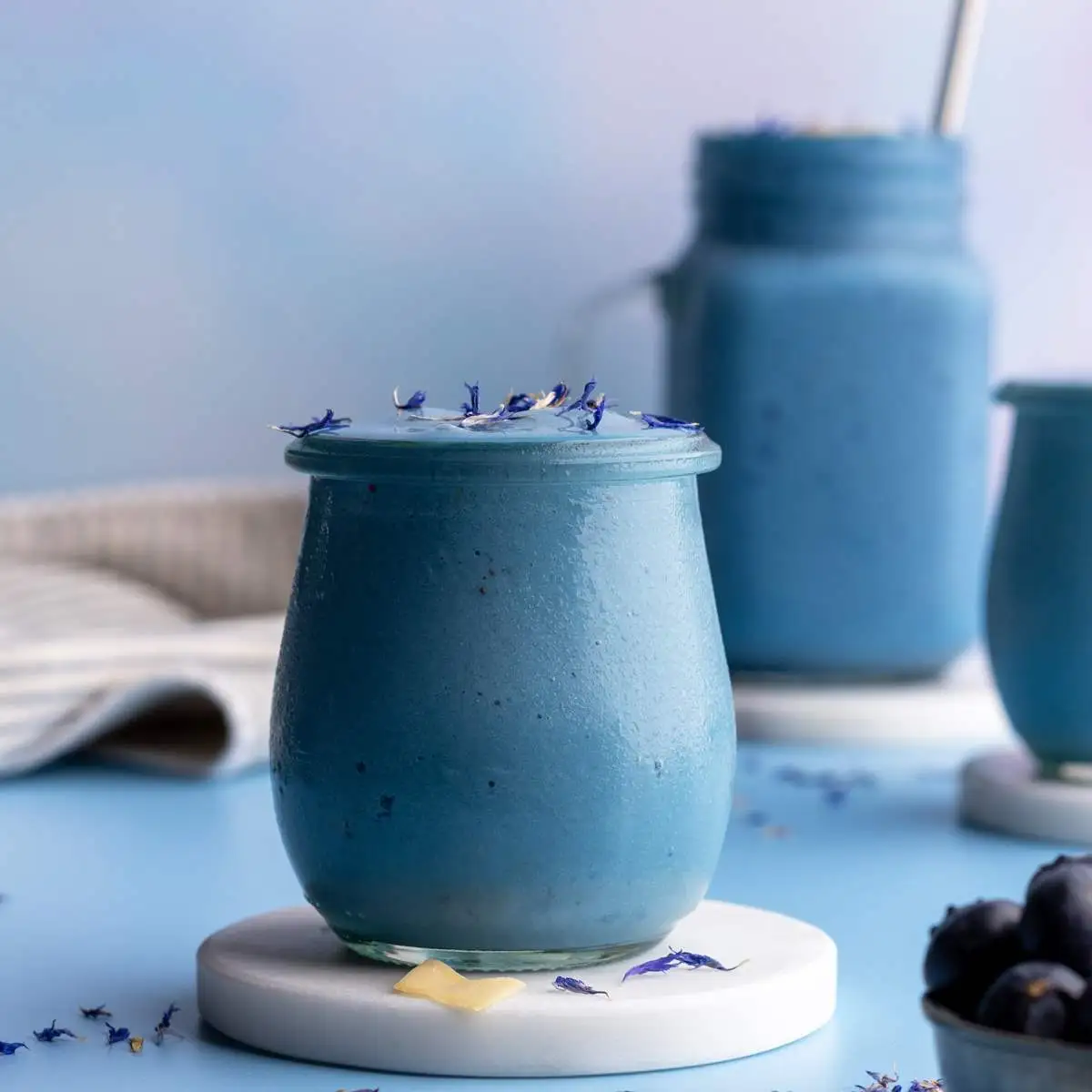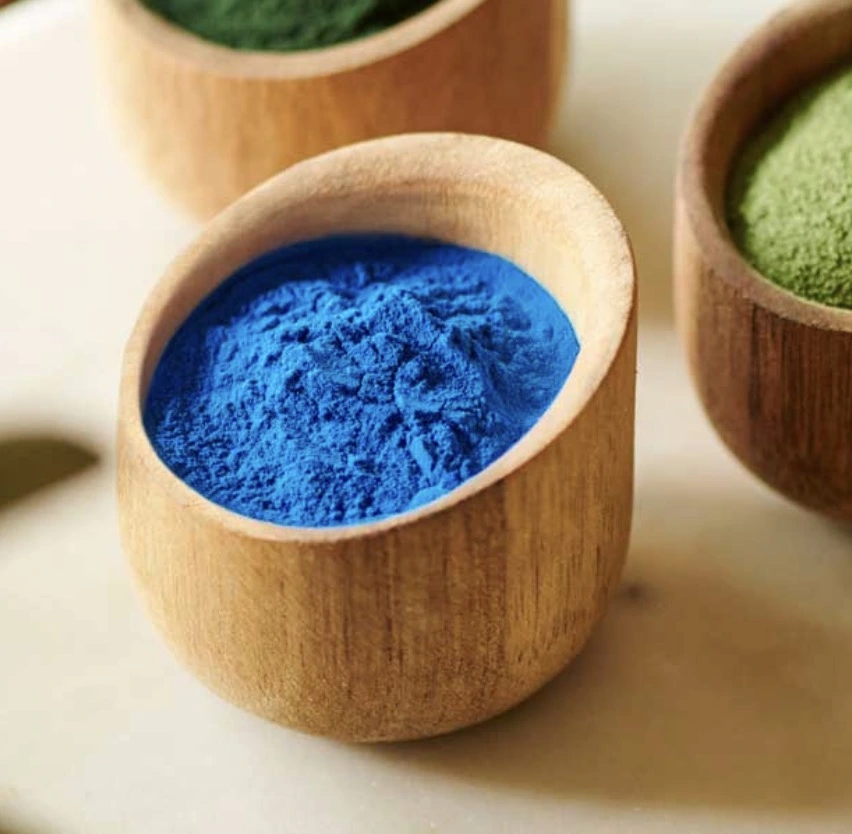Vegetable Carbon E153: Natural Pigment for Foods & Cosmetics
In the world of food and cosmetics, color plays a crucial role in attracting consumers and enhancing product appeal. Vegetable Carbon E153, a natural black pigment derived from plant sources, has gained popularity as a versatile and safe coloring agent. This article delves into the applications, safety, and benefits of using Vegetable Carbon E153 in various industries.
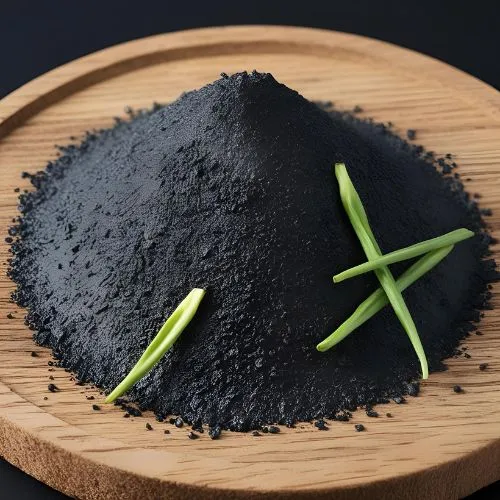
How E153 Enhances Color in Food & Beauty Products?
Vegetable Carbon E153 is a powerful black pigment that can transform the appearance of both food and cosmetic products. Its ability to impart a deep, rich black color makes it an indispensable ingredient in many formulations.
Food Applications of E153
In the food industry, Vegetable Carbon E153 is utilized to create visually striking products that captivate consumers. Some common applications include:
- Confectionery: E153 is used to create jet-black licorice, gummy candies, and other sweets.
- Baked goods: It adds a dramatic touch to cookies, cakes, and pastries.
- Savory snacks: E153 can be found in black tortilla chips and other dark-colored snack foods.
- Beverages: Some specialty drinks use E153 to achieve a unique, dark appearance.
The intensity of the black color can be adjusted by varying the concentration of E153, allowing food manufacturers to achieve the desired shade for their products.
Cosmetic Uses of Vegetable Carbon
In the beauty industry, Vegetable Carbon E153 is prized for its ability to create bold, dramatic looks. It is commonly used in:
- Eye makeup: E153 is a key ingredient in many black eyeliners, mascaras, and eyeshadows.
- Lipsticks: It helps create deep, gothic shades of lipstick.
- Nail polish: E153 contributes to the formulation of jet-black nail colors.
- Hair dyes: Some natural hair dyes incorporate E153 for darker shades.
The fine particle size of Vegetable Carbon E153 allows for smooth application and even color distribution in cosmetic products.
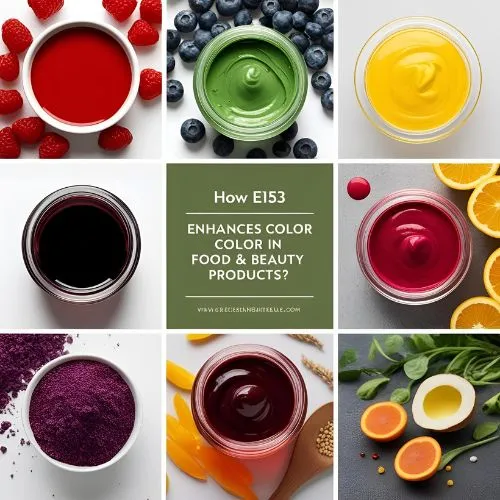
Is Vegetable Carbon E153 Safe for Skin & Ingestion?
Safety is paramount when it comes to ingredients used in food and cosmetics. Vegetable Carbon E153 has undergone extensive testing and evaluation by regulatory bodies worldwide.
Safety in Food Products
The European Food Safety Authority (EFSA) and the U.S. Food and Drug Administration (FDA) have approved Vegetable Carbon E153 for use in food products. However, there are some considerations:
- Acceptable Daily Intake (ADI): The EFSA has established an ADI of 4 mg/kg body weight per day for E153.
- Labeling requirements: Products containing E153 must list it as an ingredient, often as "Vegetable Carbon" or "E153".
- Restriction in certain foods: Some countries limit the use of E153 in specific food categories.
It's important to note that while E153 is considered safe for consumption, individuals with sensitivities or allergies should always check product labels carefully.
Dermal Safety in Cosmetics
In cosmetic applications, Vegetable Carbon E153 has been deemed safe for use on the skin. The Cosmetic Ingredient Review (CIR) Expert Panel has evaluated the safety of carbon black and concluded that it is safe for use in cosmetic products when formulated to be non-respirable.
Key points regarding the safety of E153 in cosmetics include:
- Non-irritating: E153 is generally non-irritating to the skin when used in cosmetic formulations.
- Non-sensitizing: It does not typically cause allergic reactions in most individuals.
- Particle size: The safety of E153 in cosmetics is dependent on the particle size, with larger particles being preferred to avoid inhalation risks.
As with any cosmetic ingredient, patch testing is recommended for individuals with sensitive skin or a history of allergic reactions.
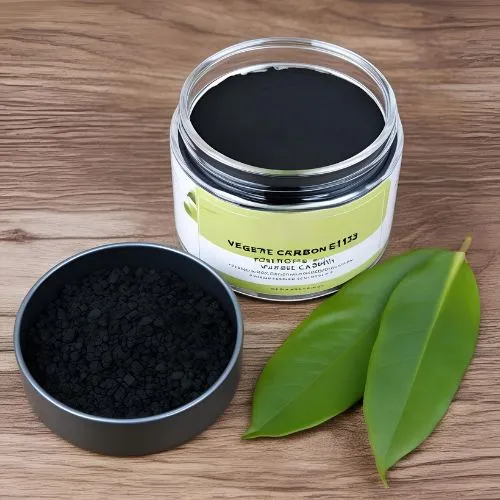
Natural vs. Synthetic Colorants: Why Choose E153?
The debate between natural and synthetic colorants has been ongoing in both the food and cosmetic industries. Vegetable Carbon E153 offers several advantages that make it an attractive choice for manufacturers and consumers alike.
Benefits of Choosing E153
Opting for Vegetable Carbon E153 over synthetic alternatives comes with numerous benefits:
- Natural origin: E153 is derived from plant sources, appealing to consumers seeking natural ingredients.
- Clean label: Using E153 allows manufacturers to create "clean label" products, which are increasingly in demand.
- Stability: Vegetable Carbon E153 is highly stable under various processing conditions, including high temperatures and varying pH levels.
- Versatility: It can be used in a wide range of applications, from food to cosmetics.
- Non-bleeding: E153 does not typically bleed or migrate in formulations, maintaining product integrity.
Environmental Considerations
In addition to its functional benefits, Vegetable Carbon E153 aligns with sustainability goals:
- Renewable resource: Being plant-based, E153 is derived from renewable sources.
- Lower carbon footprint: The production of E153 generally has a lower environmental impact compared to some synthetic colorants.
- Biodegradability: As a natural substance, E153 is biodegradable, reducing long-term environmental concerns.
These environmental advantages make E153 an attractive option for companies looking to improve their sustainability profile.
Consumer Perception and Market Trends
The shift towards natural ingredients has significantly impacted consumer preferences:
- Clean label movement: Consumers are increasingly seeking products with recognizable, natural ingredients.
- Transparency: The use of E153 allows brands to be transparent about their ingredient choices.
- Perceived health benefits: Many consumers associate natural colorants like E153 with healthier products.
By choosing Vegetable Carbon E153, manufacturers can tap into these market trends and meet consumer demands for natural, clean-label products.
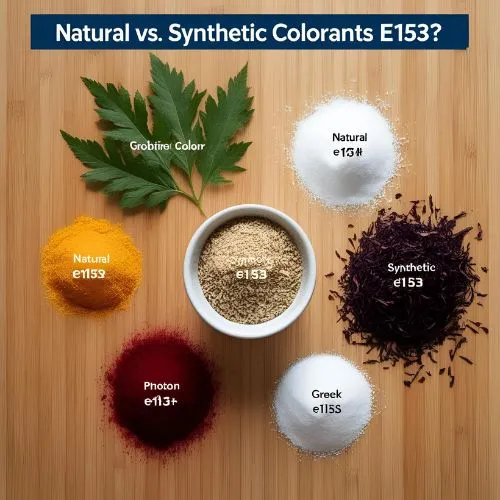
Conclusion
Vegetable Carbon E153 stands out as a versatile, safe, and natural pigment that offers numerous benefits for both the food and cosmetic industries. Its ability to provide intense black color, coupled with its stability and clean-label appeal, makes it an excellent choice for manufacturers looking to create visually striking products while meeting consumer demands for natural ingredients.
As the trend towards natural and sustainable products continues to grow, Vegetable Carbon E153 is likely to play an increasingly important role in product formulations. Its approval by regulatory bodies, coupled with its environmental advantages, positions E153 as a forward-thinking choice for companies aiming to innovate in the natural colorant space.
For those interested in exploring the possibilities of Vegetable Carbon E153 in their products, Yangge Biotech Co., Ltd. offers high-quality, natural plant extracts, including E153. To learn more about incorporating this versatile pigment into your formulations, contact us at info@yanggebiotech.com.
References
1. European Food Safety Authority. (2012). Scientific Opinion on the re-evaluation of vegetable carbon (E 153) as a food additive. EFSA Journal, 10(4), 2592.
2. Cosmetic Ingredient Review. (2003). Final report on the safety assessment of carbon black. International Journal of Toxicology, 22 Suppl 1, 37-73.
3. Downham, A., & Collins, P. (2000). Colouring our foods in the last and next millennium. International Journal of Food Science & Technology, 35(1), 5-22.
4. Hendry, G. A. F., & Houghton, J. D. (Eds.). (1996). Natural food colorants. Springer Science & Business Media.
5. Carocho, M., Morales, P., & Ferreira, I. C. (2015). Natural food additives: Quo vadis? Trends in Food Science & Technology, 45(2), 284-295.

Based on your location and order quantity, you will have the opportunity to receive a limited time free shipping promotion!
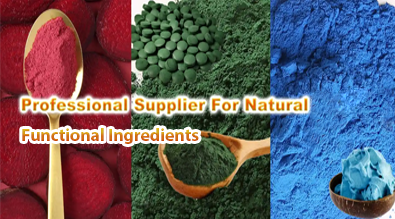
Who we are
